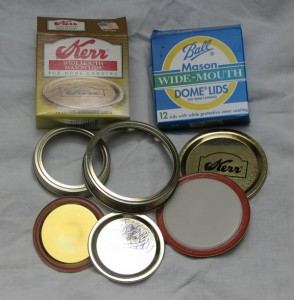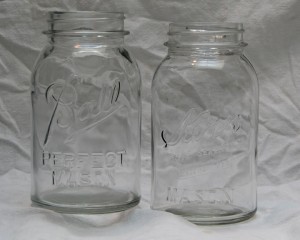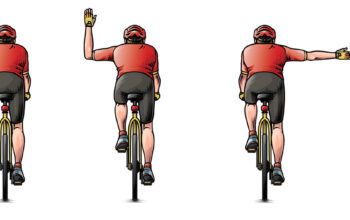 Home canning can be a little intimidating for some, but the procedures are really quite simple. One of the most important things to know about the product you are canning is its acidity levels, or pH. This is because spoilage organisms will survive higher temperatures in less acidic environments. A less acidic food (pH higher than 4.6) would be canned using the steam pressure method, which reaches temperatures of 240・. More acidic foods (with a pH of 4.6 or lower) can be canned using a boiling water bath, only needing to reach 212・.
Home canning can be a little intimidating for some, but the procedures are really quite simple. One of the most important things to know about the product you are canning is its acidity levels, or pH. This is because spoilage organisms will survive higher temperatures in less acidic environments. A less acidic food (pH higher than 4.6) would be canned using the steam pressure method, which reaches temperatures of 240・. More acidic foods (with a pH of 4.6 or lower) can be canned using a boiling water bath, only needing to reach 212・.
Foods have traditionally been made more acidic for easier canning by adding other acidic elements, such as vinegar or lemon juice. Fermentation is another method used by canners. In these fashions many different foods have been preserved by canning; fruits, vegetables, even meats. Items for canning must be either a liquid substance (sauces, soups, oils, etc.) or must have a liquid added to it (brine, broth, syrup, pickling juice, etc.). Fill jars up to 1/4 to 1 inch from the top of the jar. This “headspace” is necessary to allow room for the food to expand as it is heated, pushing out the excess air and creating a vacuum seal. PLEASE NOTE that this is only recommended for jars that are intended for home canning use. These jars are labeled “Safe for Home Canning” and are heavy walled, specifically designed to withstand the rigors of home canning.

Current standards are published by the USDA and are the culmination of years of research in canning foods, allowing 0% spoilage. These standards include charts for temperatures and the length of time needed for canning most food items. The USDA standards for canning can be found on their website:
www.usda.gov




